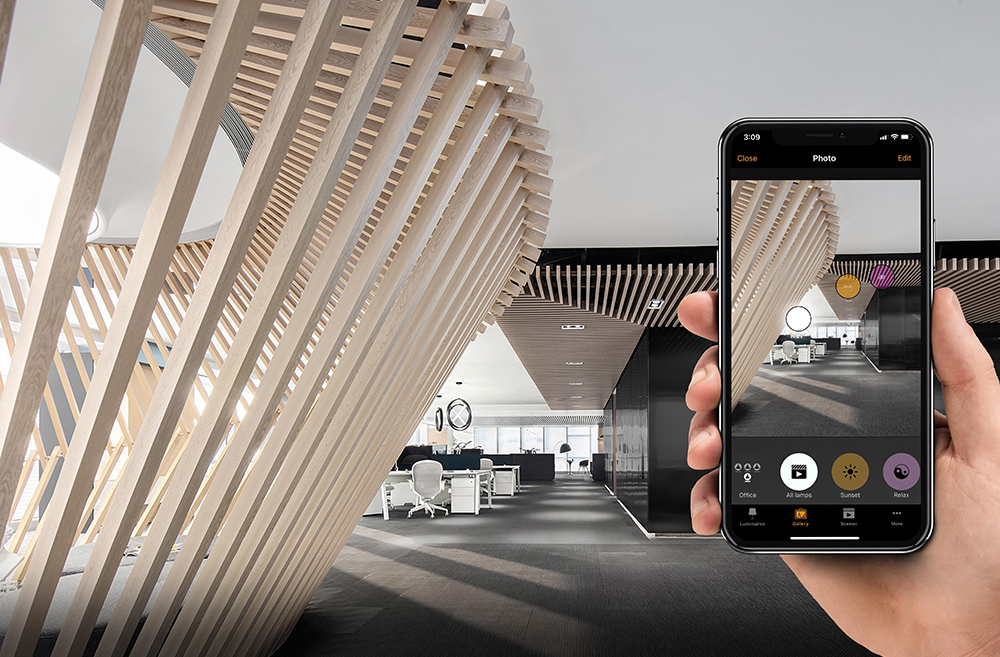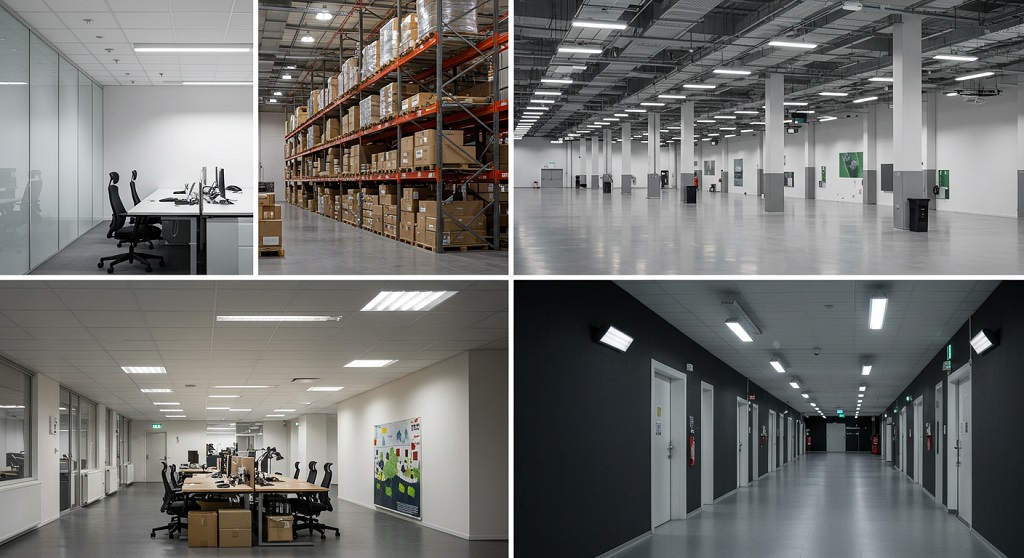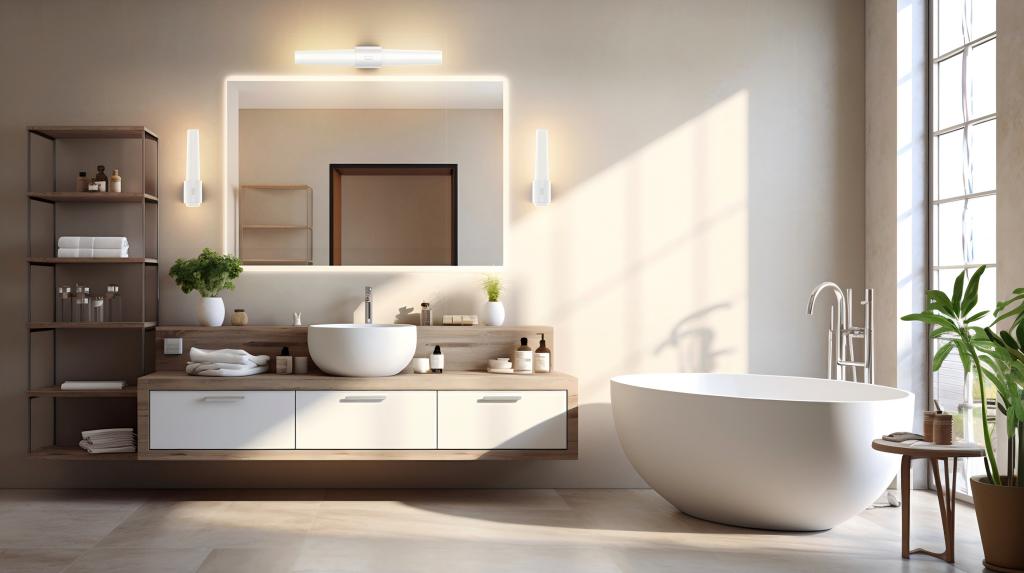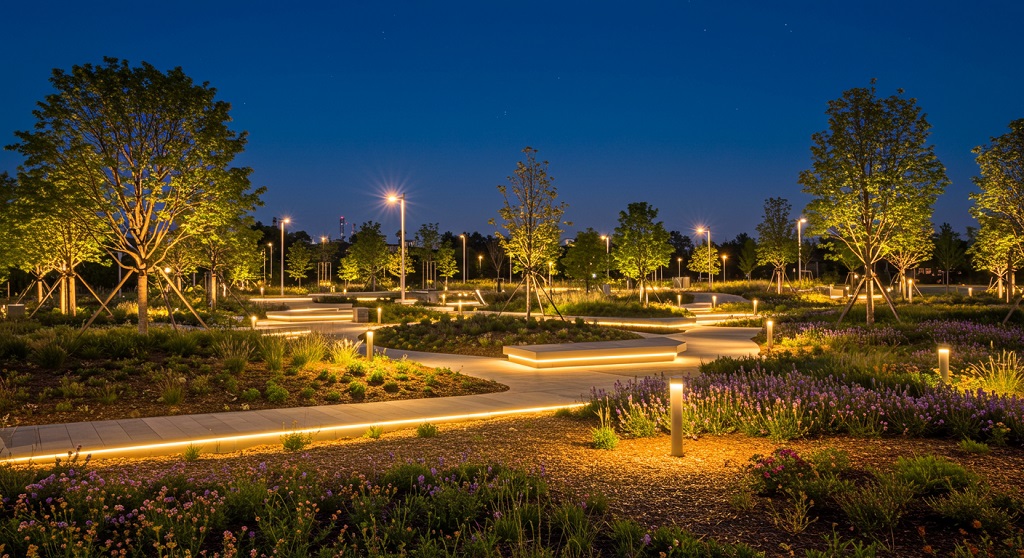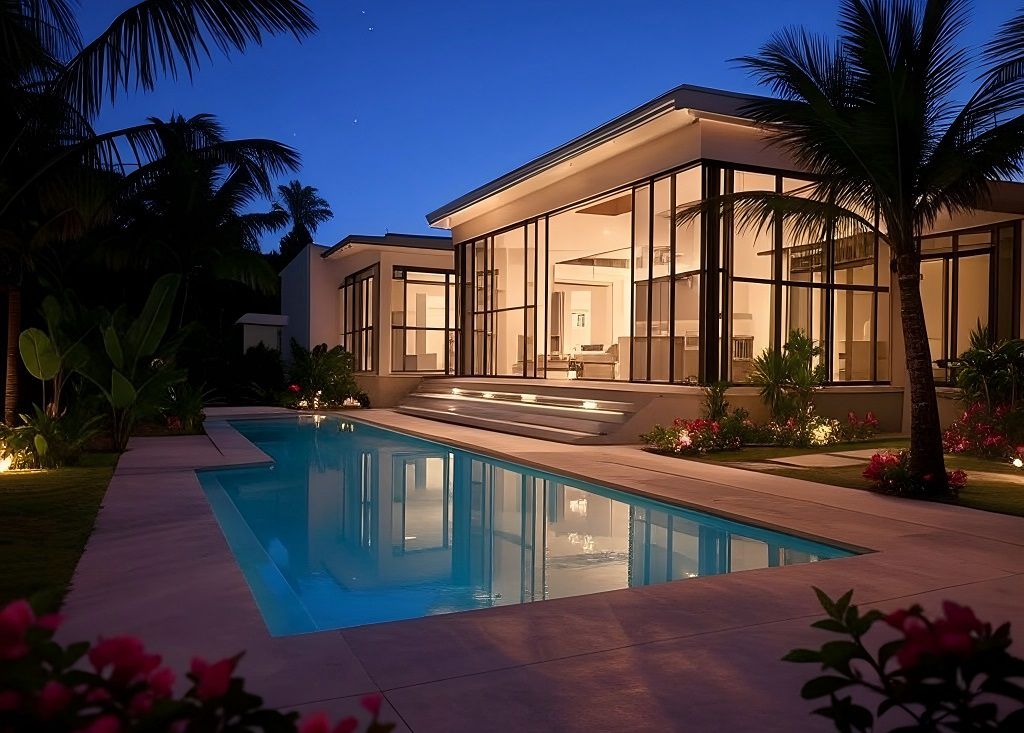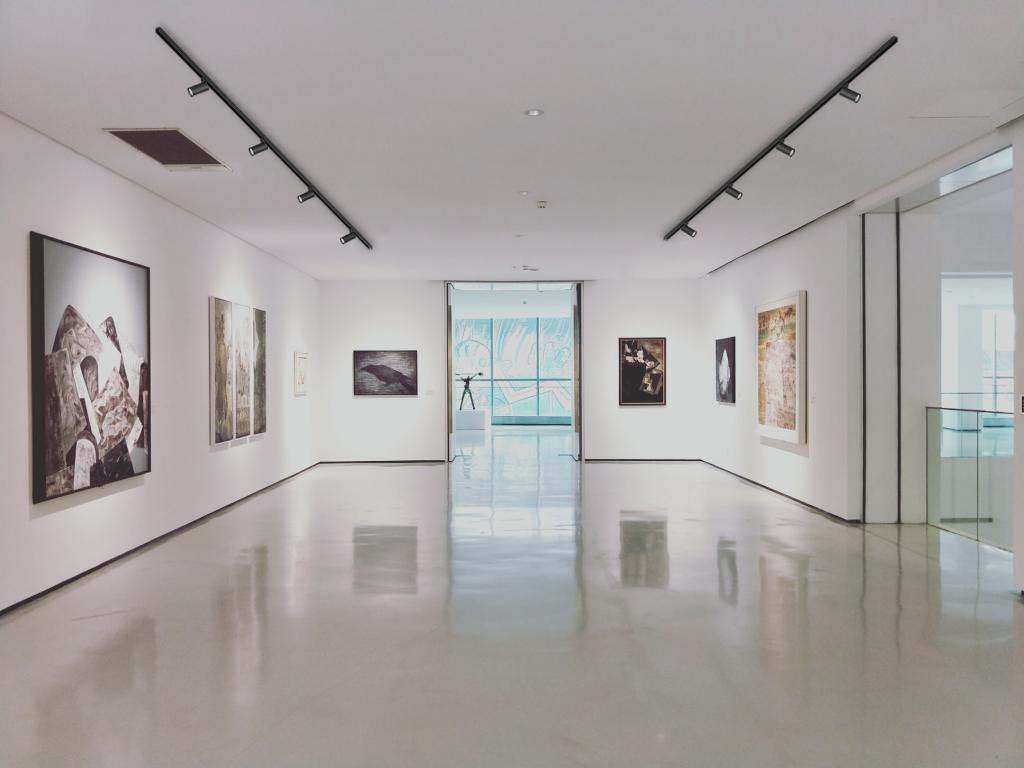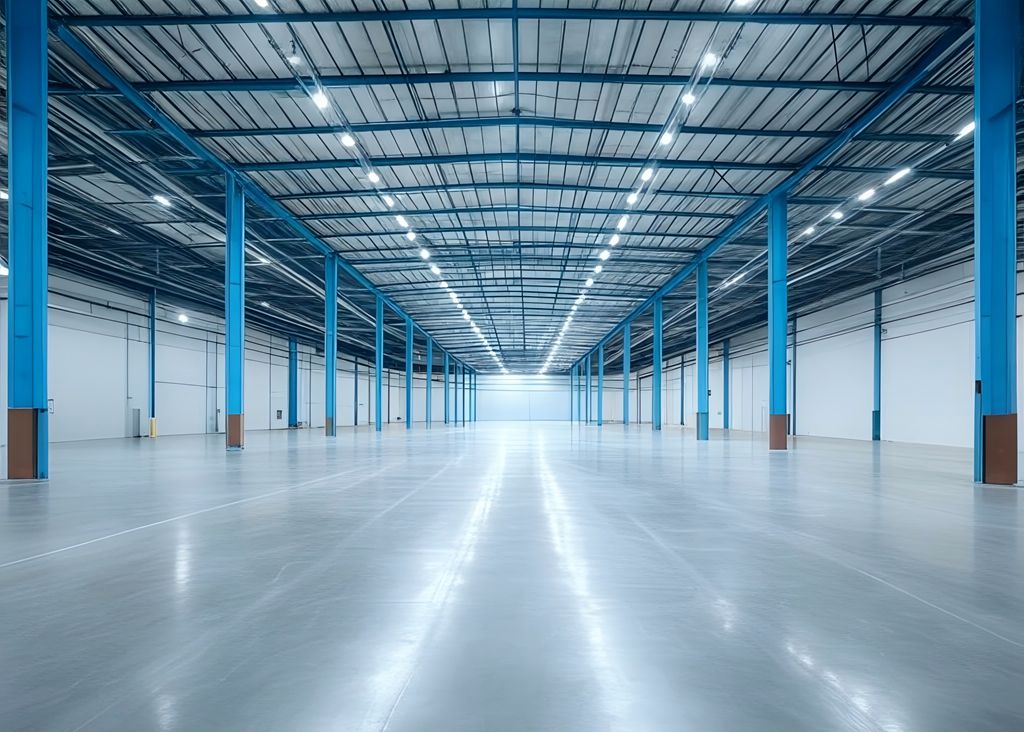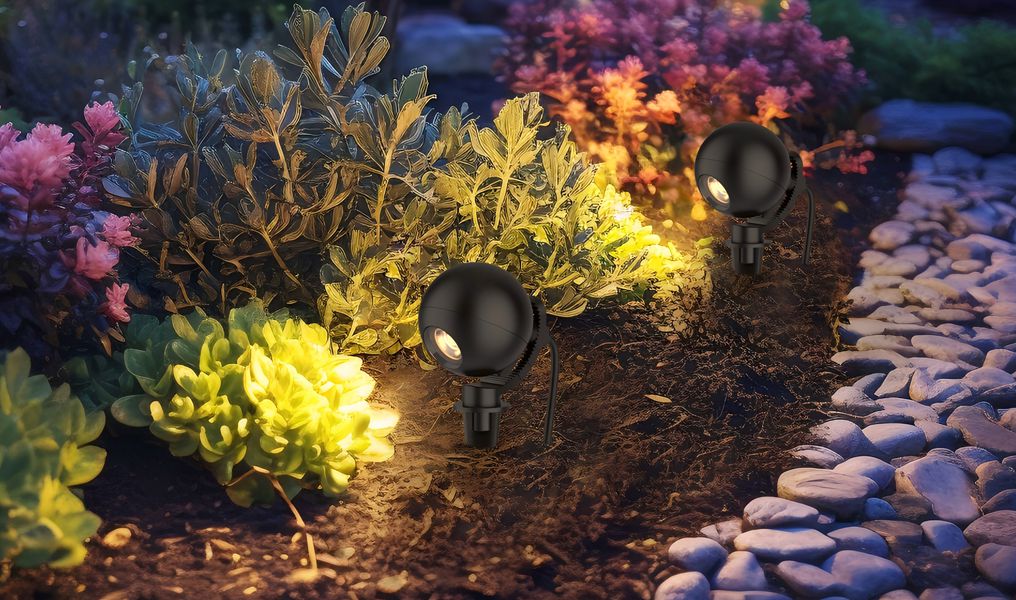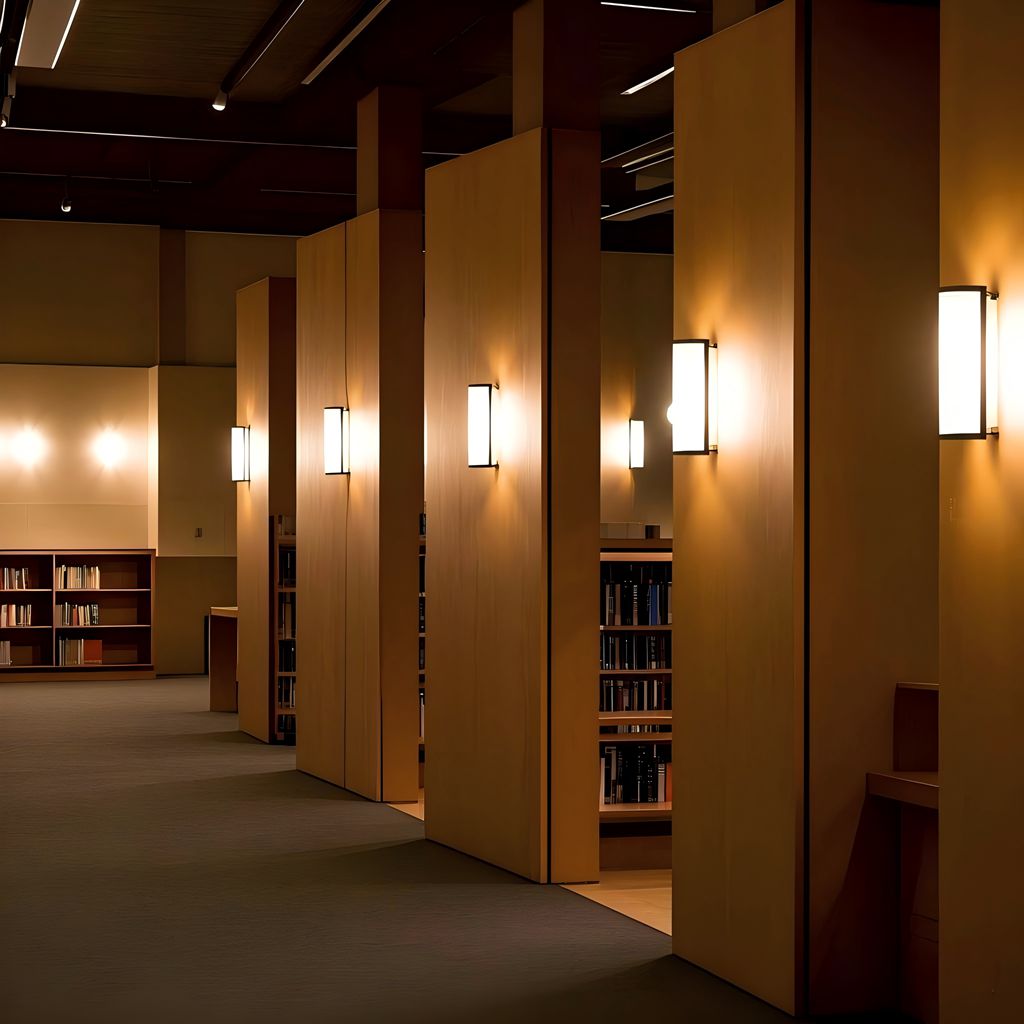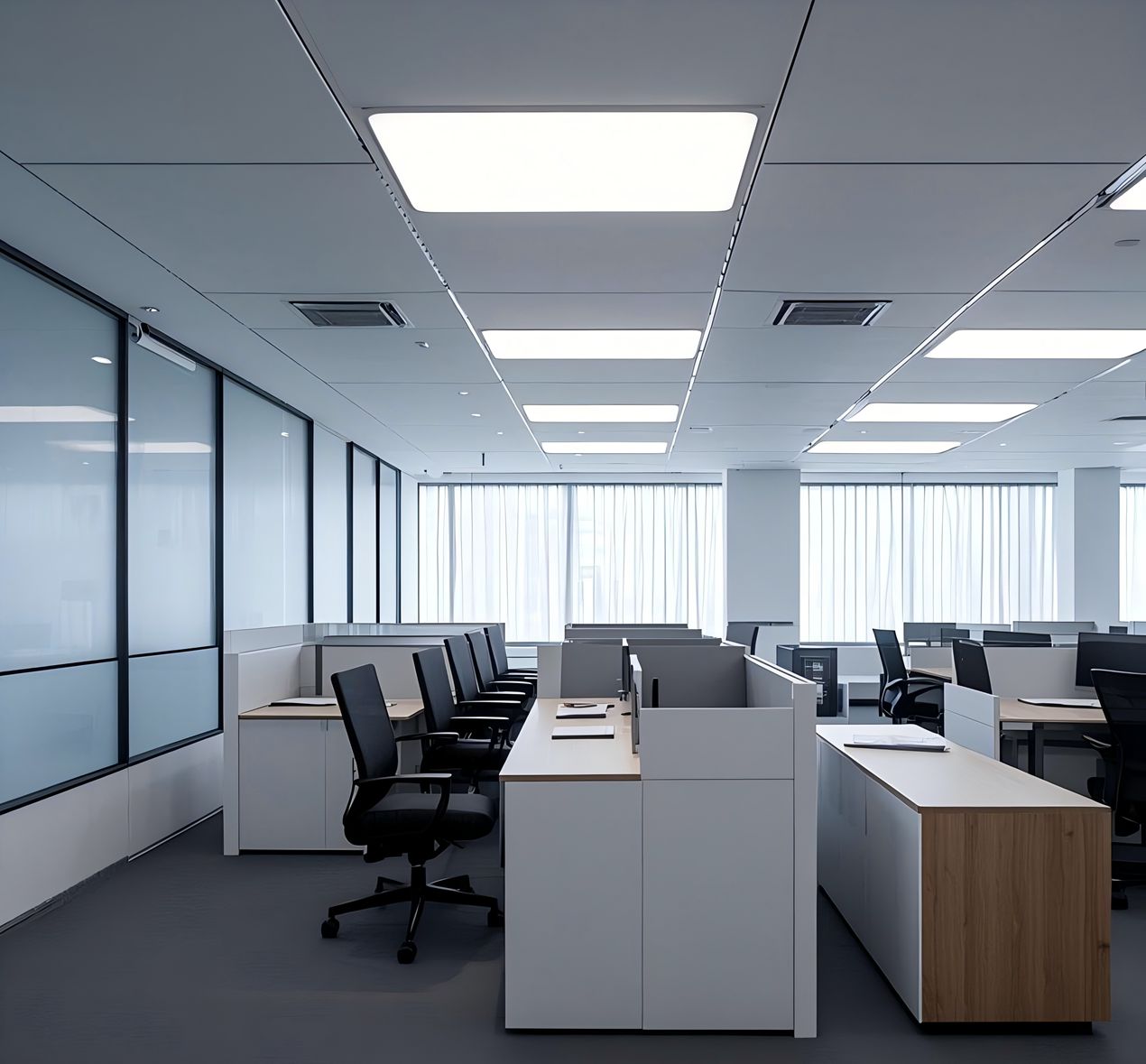In our passage of How Much Do You Know About Lighting Culture we know that lighting culture explores how lighting can create different atmospheres, moods, emotions, and meanings in various contexts, such as architecture, urban design, art, entertainment, education, and more. In architecture and interior design, lighting plays a critical role in creating functional and aesthetically pleasing environments. Lighting designers work closely with architects and interior designers to develop lighting schemes that enhance the visual appeal of a space, while also meeting practical requirements such as energy efficiency and user comfort. In this passage, we will further discuss the relationship between lighting culture and lighting design.

How lighting culture shapes lighting design
Lighting is more than just a way to illuminate a space. It is also a reflection of the culture, geography and preferences of the people who live in it. Different regions of the world have different lighting styles, influenced by factors such as natural light, climate, architecture, and traditions. In the following content, we will explore some of the fascinating differences and similarities in lighting design around the world, and how they reveal the color of culture

Natural light and shadows
One of the main influences on lighting design is the natural light that people experience in their environment. The intensity, duration and color of daylight can vary significantly depending on the latitude, season and weather. For example, in northern countries like Sweden, where the sun is low in the sky and the blue hour (the period of twilight and dusk) can last for up to 2 hours, people are more familiar with colorful skies and long shadows. Lighting designers usually use these elements in their designs, for example by shining light on trees or adding color filters. In contrast, in southern countries like Italy or Spain, where the sun is more direct and the blue hour is shorter, people are used to more crisp and bright light. There, lighting designers usually stay away from shadows and pick warmer colors
Indoor and outdoor lighting
Another aspect that affects lighting design is the way people use indoor and outdoor spaces. In some cultures, such as in northern Europe, people tend to keep their windows open and let the light in, creating a cozy and inviting atmosphere. Unlike in some cultures where people leave their windows open and expose their lives to the public, in places like southern Europe or Asia, people often draw their shutters or curtains and preserve their privacy, creating a more enigmatic and intriguing atmosphere. Similarly, outdoor lighting can vary depending on the purpose and function of the space. For instance, street lighting can be planned to improve security, clarity and direction, or to generate a feeling of uniqueness, personality and mood. Architectural lighting can be used to highlight the features, style and history of a building, or to create a contrast, drama and spectacle. Advertising lighting can be employed to draw interest, convey messages and endorse products, or to produce a disturbance, mess and contamination.
Light pollution and energy culture
A final factor that influences lighting design is the impact of artificial light on the environment and energy consumption. Light pollution is a relatively recent issue that has harmful consequences on human health, wildlife habitats, astronomical observation and aesthetic admiration of the night sky. Artificial light can cause problems when it is used too much, in the wrong way, or in the wrong place. Some examples of these problems are obtrusive light (that goes up to the sky and wastes energy), glare (that hurts or affects the eyesight), light trespass (that invades unwanted spaces), and over-illumination (that exceeds the necessary amount of light). Light pollution not only wastes energy and emits carbon dioxide, but also harms the climate and the future of our planet. That’s why lighting designers need to make sure their lighting plans are smart, useful, and fair, by using methods such as lowering, turning off, covering, pointing, and picking suitable light types.
Conclusion
Lighting design is a way of blending light with the structure of buildings. It is also a way to express the desired character of a space and the culture of its inhabitants. By understanding the differences and similarities in lighting design around the world, we can appreciate the diversity and beauty of light in all its forms. We can also learn how to use light responsibly and creatively, to enhance our quality of life and protect our environment.
What do you think about lighting design around the world? Do you have a favorite style or example? In UPSHINE, we provide many lighting schemes for our cilent, there is the opera house, indoor exhibition space, office buildings, sports studio, etc. If you have any favorite style in your mind just contact us to solve your lighting fixtures setting.

